“When it took hold in a house, it often happened that no one remained who had not died,” Baldassarre Bonaiuti wrote of the Black Death in 1348. “And it was not just that men and women died, but even sentient animals died. Dogs, cats, chickens, oxen, donkeys, and sheep showed the same symptoms and died of the same disease.”
The
spread of diseases like the Black Death follows a clear pattern. The outbreak
begins at a specific place and time. The bug then spreads like a wave away from
the source.

Contents
Are We Ready for the Next Pandemic?
Human methods of travel determine the speed of with which disease travels. The Black Death, which Bonaiuti describes in harrowing detail in the Florentine Chronicle, swept across Europe at a rate of two kilometers a day.
That particularly
virulent form of bubonic plague killed between 35 and 200 million people in the
14th century. Even so, the modes of
transport available to people at the time had actually limited the spread of the
killer disease.
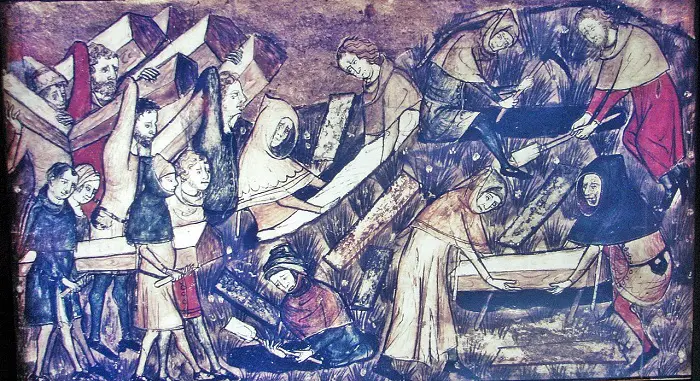
A recently published scientific report says the world is not prepared to meet a pandemic of the same order today.
In 2018, the World Health Organization (WHO) and the World Bank co-convened the Global Preparedness Monitoring Board (GPMB), an independent group of experts focused on global health emergencies.
The GPMB recently published a report assessing the world’s current preparedness for a major health crisis.
A Real Threat
The team has concluded that there is a very real threat of a respiratory pathogen killing some 50 to 80 million people on our planet.
The GPMB arrived at this conclusion after considering a variety of factors, including emerging political trends and climate change.
“A
global pandemic on that scale would be catastrophic, creating widespread havoc,
instability and insecurity,” the researchers say in their paper. “The
world is not prepared.”
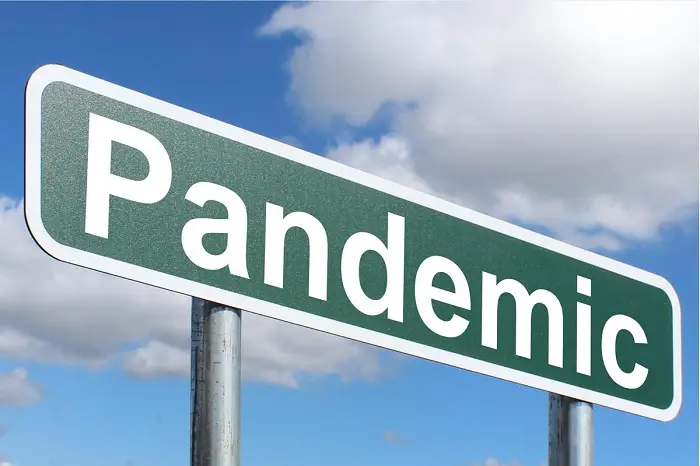
One might argue that modern medicine and new medical technology will make pandemics less deadly.
But global travel and trade, poverty, increased populations, dwindling wildlife habitats, and the expansion of animal farming have made them more likely. Experts agree that it’s only a matter of time.
“Time for Action”
In fact, the GPMB report adds to a growing volume of scientific research that says pandemics are part of our future.
One need only to look back at the 1968 Hong Kong flu, which killed a million people, or the 1918 Spanish flu, which killed over 40 million, to understand why.
“For
too long, world leaders’ approaches to health emergencies have been
characterized by a cycle of panic and neglect,” says Dr. Gro Harlem
Brundtland, co-chair of the GPMB. “It is high time for urgent and sustained
action.”
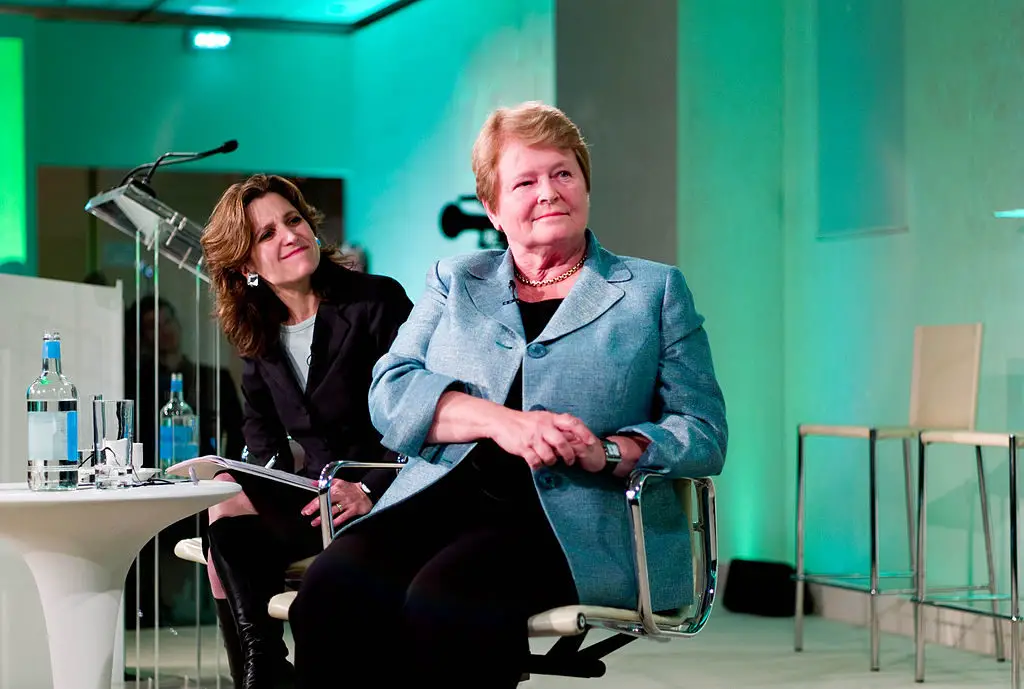
The GPMB experts think we still have time to head-off a potential catastrophe. They have even outlined specific actions world leaders could take to increase our preparedness.
These include the full implementation of International Health Regulations, increased investment in vaccine research and development, and the establishment of strong national preparedness systems.
Pandemics in the Age of Social Media
But some experts say other factors might require attention. Bruce Schneier of the Harvard Kennedy School was not part of the GPMB study.
The cryptologist and computer security specialist believes that when the next great pandemic strikes, humanity will be fighting it on two fronts.
The
first will involve understanding the disease, finding a cure, and inoculating
the population. The second will involve an overwhelming surge of rumors,
misinformation, and out-and-out lies that will appear on the internet.
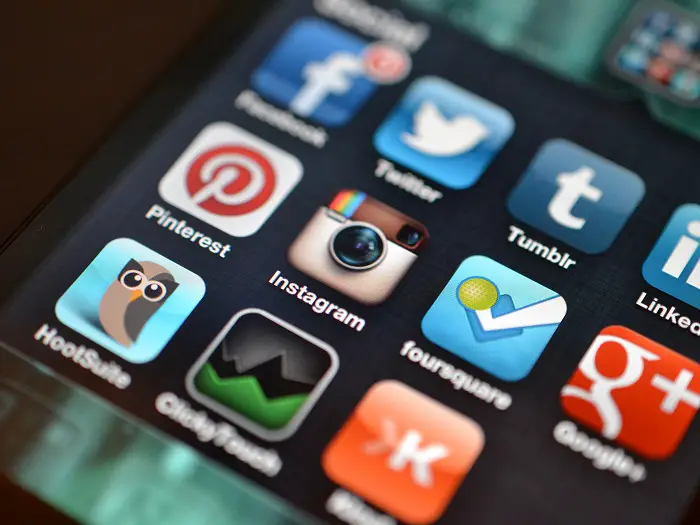
Since the 2016 US presidential election, the world has been obsessed with propaganda campaigns and the role of social media in spreading fake news.
The issue never makes for an easy discussion in today’s hyperpolarized – and hyperbolized – political climate. Inevitably, those who win elections do their utmost to downplay the role of fake news in shaping public opinion.
But Schneier believes the issue is one we will have to confront head-on when the next pandemic breaks out.
“Before, During, and After”
After all, pandemics are without politics. It takes a truly desolate view of the world to assume that there is a political constituency out there in favor of people dying.
Focusing on pandemics allows us an apolitical way to approach the universal problem of misinformation and fake news.
GPMB
co-chair, Elhadj As Sy, says the entire issue may come down to something as
fundamental as building trust. He says the trust between communities and the
institutions that serve them must form the core of our response to the next
pandemic.
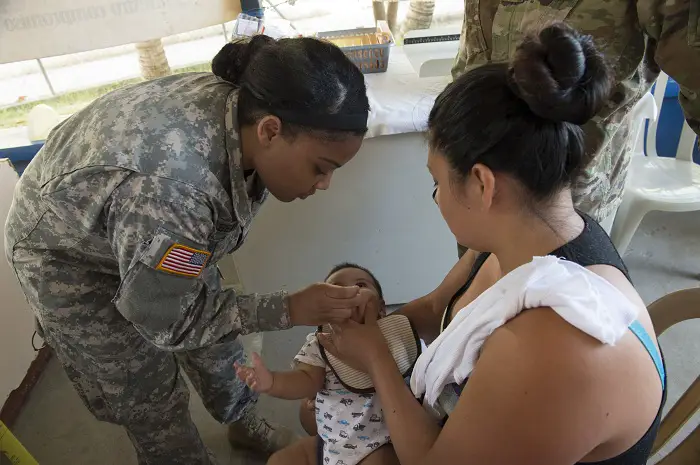
“Community engagement and trust cannot be an afterthought, it has to be earned,” says Sy, who is the Secretary-General of the International Federation of the Red Cross and Red Crescent Societies.
“Leaders and public health authorities must work as partners with communities to build that trust. We can’t just show up once a health crisis hits. We need to be there before, during, and after,” Sy adds.
Shoring Up Democracy
Scheier shares this view. He says the Russian propaganda attacks on the US elections should serve as a wakeup call for the world.
“We need to solve the problem of misinformation during pandemics together – governments and industries in collaboration with medical officials, all across the world – before there’s a crisis,” he writes in an article for the New York Times. “And the solutions will also help us shore up our democracy in the process.”
That’s a tall order.
In the Middle Ages, devil-fearing Christians killed cats, which carried the unintended consequence of increasing the rat population. That, in turn, helped to spread the Black Death.

This early, we can be sure that if there is any drift away from reality when the big one hits, it will be by way of mythmaking in the unregulated ether.
That’s where those who still keep a fragile hold on the public’s trust will have to run up against an increasingly skeptical world.
Because, in a time when the truth is constantly on shaky and uncertain ground, can people be blamed for doubting those who claim to be its keepers?






